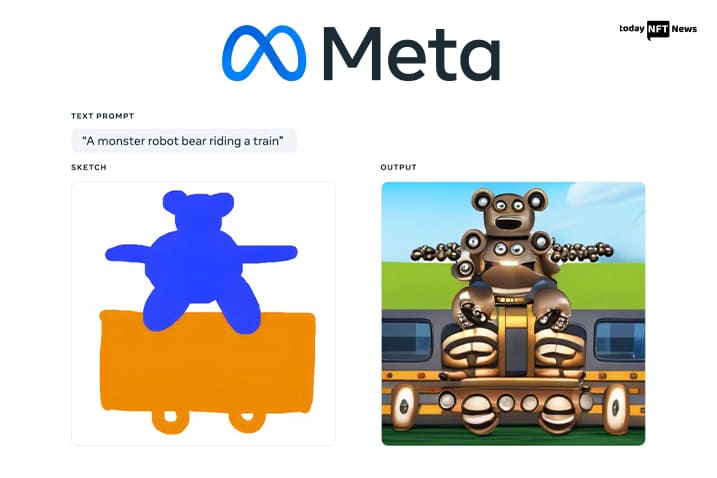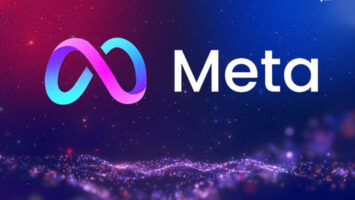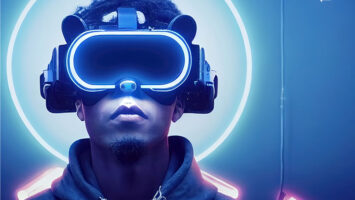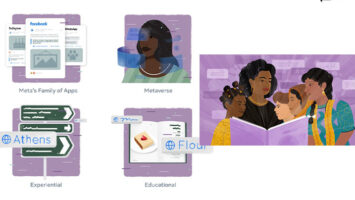SNEAK PEEK
- Make-A-Scene, the new AI research concept, enables creating digital imagery using text and sketches.
- The project demonstrates how to use text and simple drawings to convey the vision better.
- Access to the Make-A-Scene demo was shared with AI artists like Scott Eaton, Refik Anadol, Sofia Crespo and Alexander Reben.
What if you can create a digital painting without using a paintbrush? How about generating storybook illustrations to give voice to your words?
Make-A-Scene, an investigative AI research concept, will let people add life to their visions.
The concept enables people to create images via the use of text prompts and freeform sketches.
Imagine creating your next piece of art from a simple sketch 🖌 or text description. Check out our new AI research tool that could redefine creative expression and bring your ideas to life with ease.https://t.co/8PklJ5Vcyh pic.twitter.com/7pdz3o4e7K
— Meta Newsroom (@MetaNewsroom) July 14, 2022
Earlier, the image-generating AI systems were based on text descriptions as inputs; however, predicting the results were hard. With Make-A-Scene, things are different, as it demonstrates how to use text as well as simple drawings to convert the visions through a number of elements.
Layout of the scene is captured to allow minute sketches as input. Moreover, it can choose a layout with text-only prompts, in case the creator chooses it. All in all, the model puts its attention on learning the major aspects of imagination, something very important for the creators.
A generative artist with focus on the intersection of nature and technology, Sofia Crespo used Make-A-Scene for the creation of hybrid creatures.
According to her, visual artists, at times, want to create just a base composition by hand and draw a story that appeals to the eye. Make-A-Scene does that.
A Program Manager at Meta, Andy Boyatzis generated art with his children using Make-A-Scene. Though they are only two and four years old, they were able to put their ideas and imagination to life through playful drawings.
Generating only content is not sufficient for the AI system. Its potential to propel creative expression ahead must be realized to allow people to shape and manage the content generated by a system.
It is important for it to be intuitive and easy to use to allow everyone preferable modes of expression from text to speech, eye movements, gestures and sketches.
The project is just a beginning and efforts to discover how AI can broaden creative impressions are underway. Via this class of generative creative tools, the zeal to create more expressive messaging in 2D, mixed reality and virtual worlds will increase.









